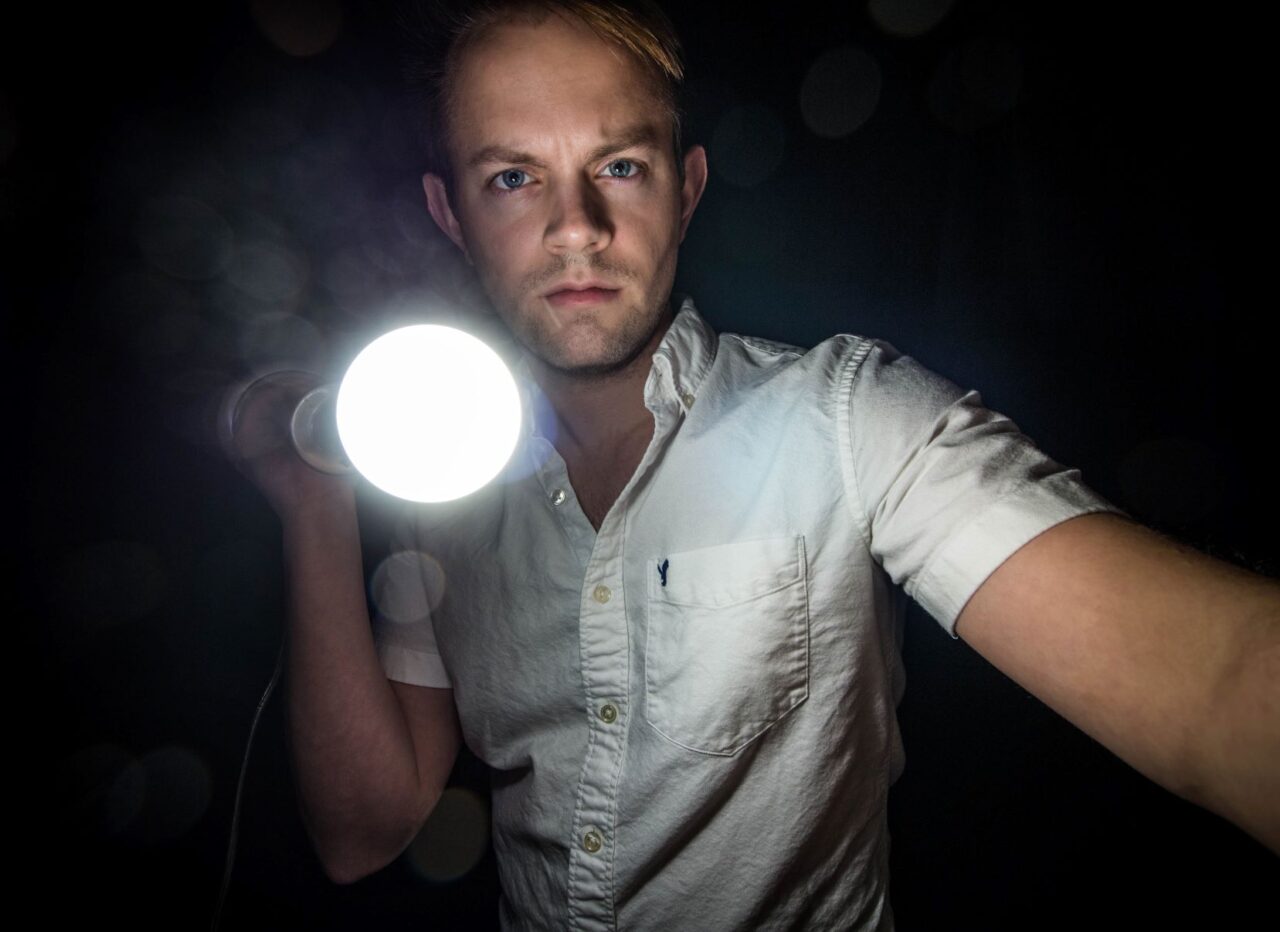If you are stuck at home due to this global pandemic, there is one thing you can do that will proactively retain the health of your home and its inhabitants. That one thing is doing your own home mold inspection.
How to Do Your Own Home Mold Inspection
Mold spores are so small, they are invisible to the naked eye. In fact, you won’t see mold until you have a ton of spores replicating in your home. Still, the eyes are one of the best ways to detect mold on window sills or underneath sinks.
What Does Mold Look Like?
Mold comes in many different colors including the infamous black mold but also bright blue and green colors. The color of mold can help you in identifying it, but otherwise, it looks like mold. Some mold is fuzzy in appearance. Most molds grow in a pattern on surfaces, and they may be splotchy or web-like. If you want to see some pictures of mold for identification purposes, check out this link.
What Does Mold Smell Like?
Another thing you can do is go on a hunt for mold using your nose. Moldy environments will smell musty, and your noise will be able to sense dampness. If you can smell mold but can’t find any visible mold, you may have it hidden within walls or under carpet. If you smell mold, you need to find the source of the smell.
How’s Your Health?
If you have a mold problem, the people who live in your home may begin to have respiratory issues. Those who are sensitive to mold will get irritation in the lungs that makes them more susceptible to other illnesses. Those who aren’t sensitive to mold may develop sensitivity over time. If respiratory illness is running rampant in your household, consider mold as a source of the problem.
Where Are Common Places to Find Mold?
When you are doing your own home mold inspection, you have to check the “usual suspects.” These are places like basements, crawl spaces, attics, and places more likely to see moisture. Mold needs moisture, warmth, stagnancy, and a food source to grow. Most of those things are readily available in the average home, and moisture and ventilation are the best ways to prevent mold growth. Check the common places to find mold to ensure you aren’t experiencing a silent infestation.
A Positive Inspection May Require a Professional
If you do detect mold, evaluate the scope of your mold problem. If it is in more than one room, or if you have a lot of visible mold in one area, consult with a professional. They have the knowledge and equipment to safely remove your mold completely.
